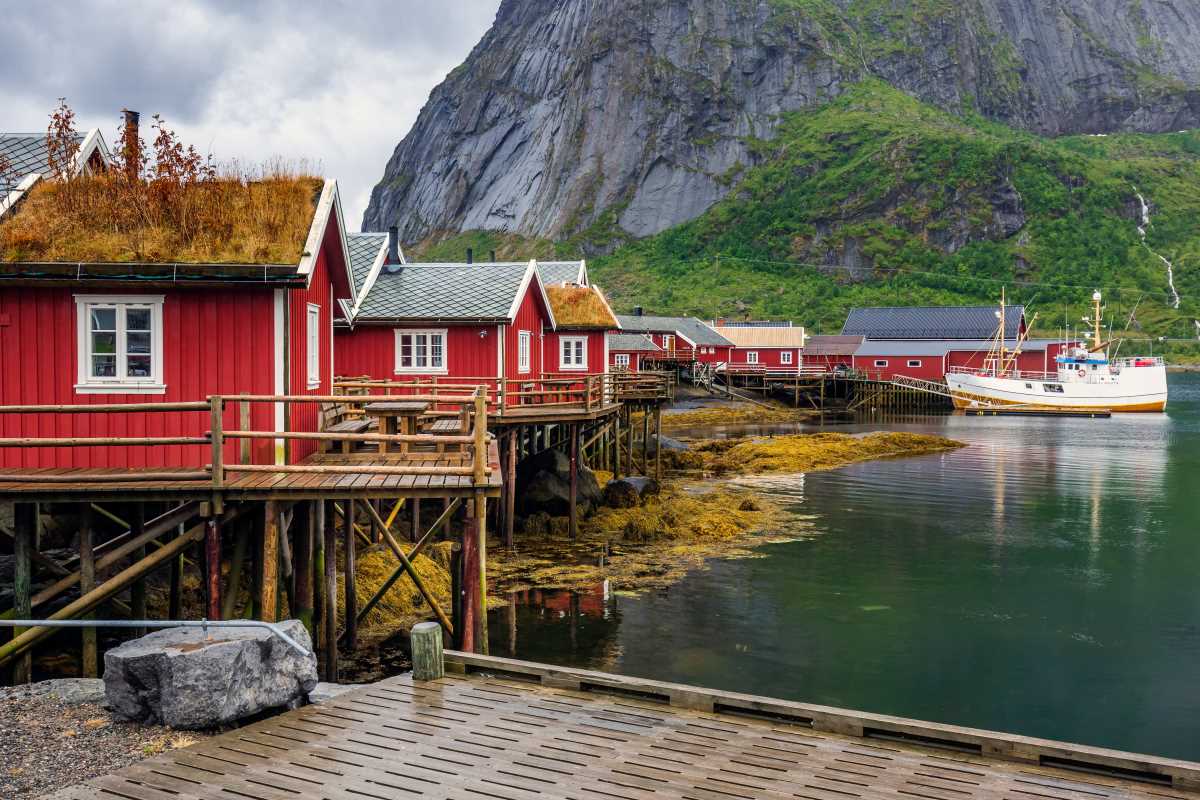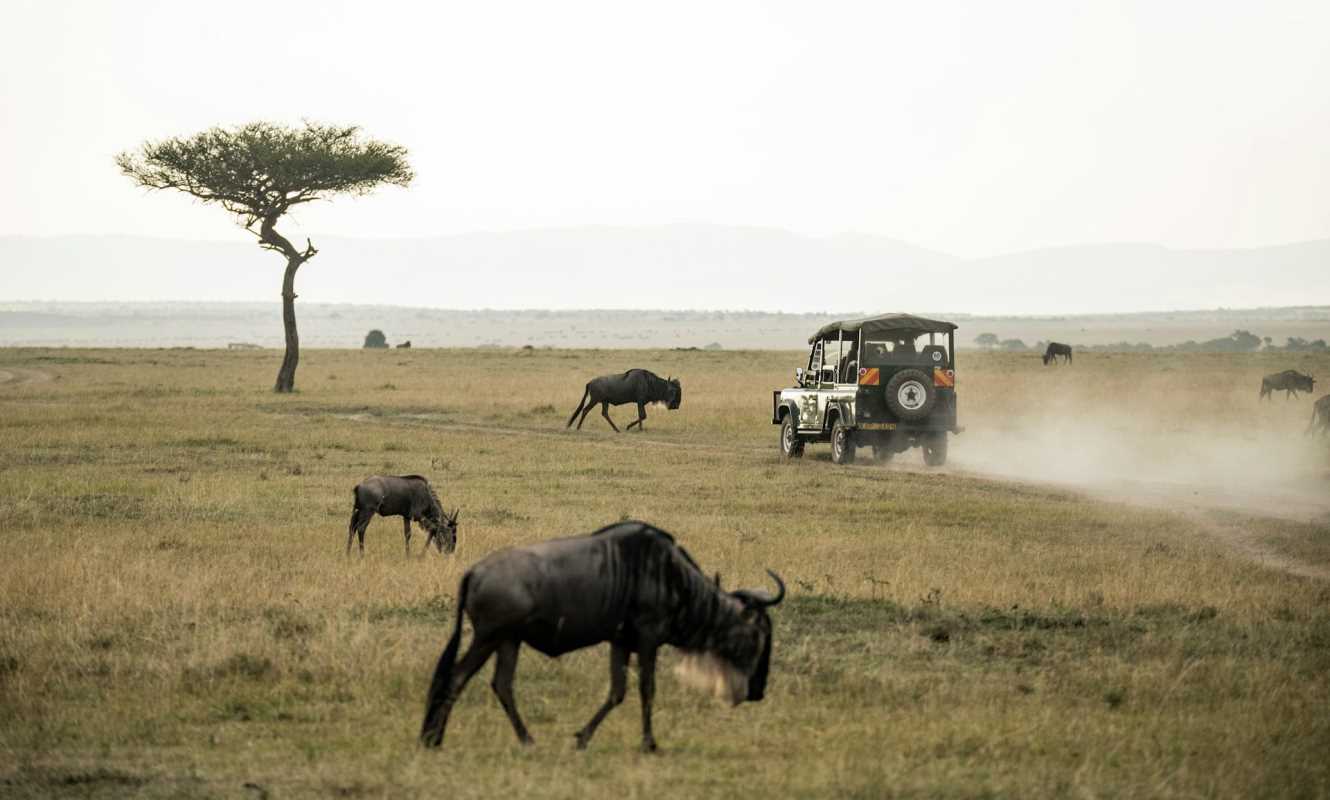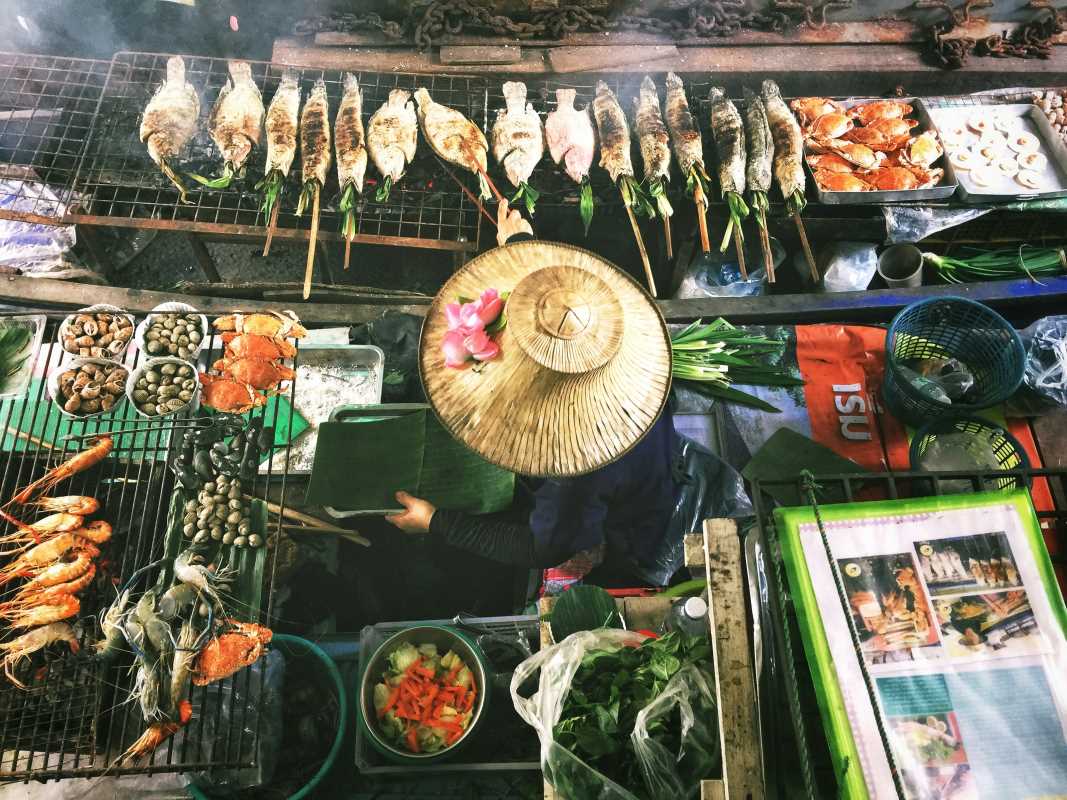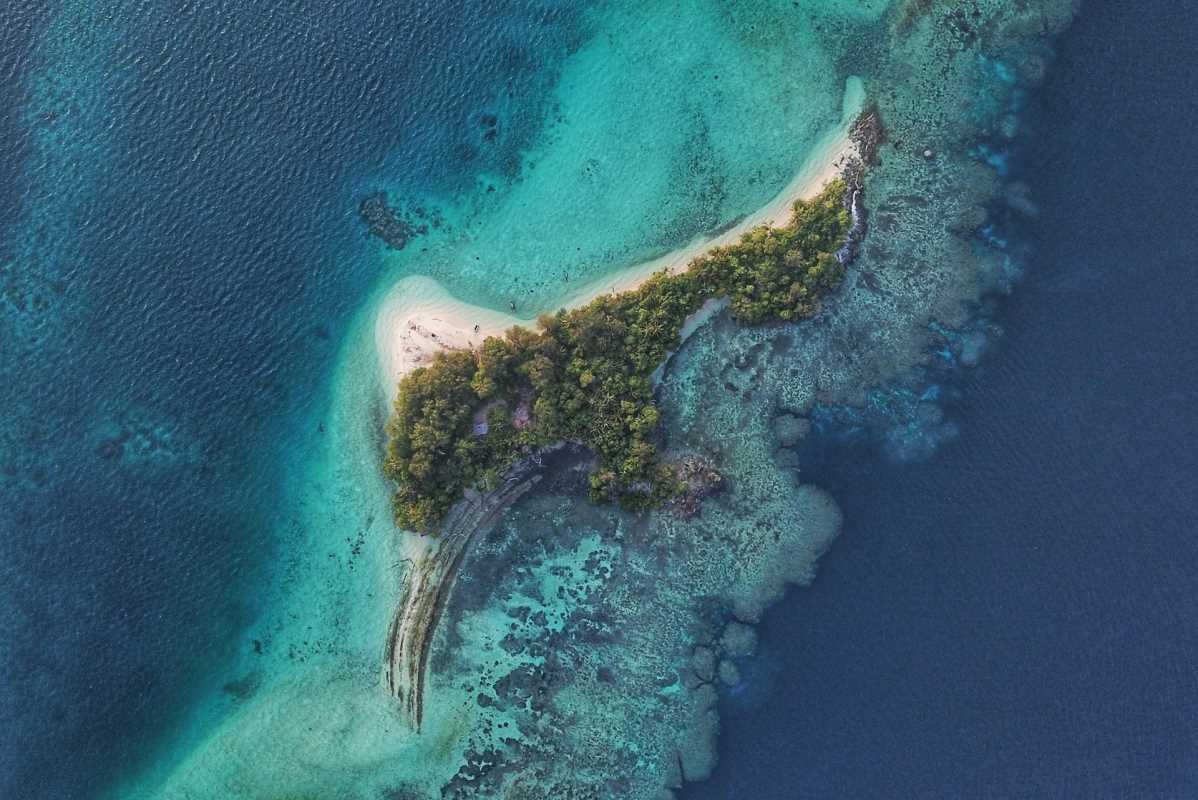While millions of travelers flock to Paris, Rome, and Barcelona each year, Europe's most magical experiences often hide in places your guidebook never mentions. These secret corners of the continent offer something increasingly rare in our connected world—the thrill of genuine discovery. Picture yourself walking through medieval villages where locals still outnumber visitors, swimming in pristine lakes that mirror untouched mountains, or dining in family-run restaurants where recipes have passed down through generations without ever appearing on travel blogs. These hidden gems don't just offer beautiful scenery—they provide authentic encounters with European culture, history, and nature that remain largely untouched by mass tourism. From forgotten islands in the North Sea to mountain valleys tucked away in the Balkans, Europe's secret destinations reward adventurous travelers with experiences that feel personal and profound. The best part? These places haven't been discovered by accident—they've been overlooked because they require a bit more effort to reach, a willingness to venture beyond the typical tourist trail, and an open mind toward destinations that might not have instant name recognition but offer rewards that far exceed their famous counterparts.
Faroe Islands, Denmark
Eighteen emerald islands rise dramatically from the North Atlantic, connected by tunnels that burrow through mountains and bridges that span roaring waterfalls. The Faroe Islands feel like Middle Earth brought to life, with grass-roof houses dotting valleys where sheep outnumber people by thousands. In the village of Gásadalur, population eleven, Múlafossur waterfall plunges directly into the ocean while puffins nest on nearby cliffs.
The islands offer some of Europe's most spectacular hiking, with trails leading to viewpoints that seem to stretch to the edge of the world. Kallur lighthouse on Kalsoy island provides views so breathtaking that visitors often find themselves speechless. The local cuisine showcases the islands' position between sea and sky—fermented lamb hangs in traditional drying houses while restaurants serve the freshest seafood you'll find anywhere.
What makes the Faroes truly special is their commitment to sustainable tourism. Locals have created the "Closed for Maintenance" program, where visitors help preserve the islands' natural beauty through volunteer work. It's tourism with purpose, allowing you to give back to the places that inspire you most.
Azores, Portugal
Nine volcanic islands scattered across the Atlantic create Portugal's best-kept secret. São Miguel island enchants visitors with its twin lakes nestled in ancient volcanic craters, their waters colored different shades of blue and green by unique mineral compositions. Hot springs bubble up naturally across the islands, creating opportunities for therapeutic soaks surrounded by tropical vegetation.
Terceira island preserves one of the world's most colorful towns in Angra do Heroísmo, where UNESCO-protected buildings paint the waterfront in pastels that reflect in the harbor. The island's bullrings host festivals where young men demonstrate their courage not by harming bulls, but by simply facing them with nothing but colorful umbrellas.
The Azores offer incredible whale watching, with over twenty species migrating through these waters throughout the year. Blue whales, the largest animals ever to exist on Earth, feed in the deep channels between islands. On land, crater lakes provide kayaking adventures through landscapes that feel distinctly prehistoric.
Saaremaa, Estonia
Estonia's largest island feels like a time capsule preserving medieval Europe. Kuressaare's 14th-century castle stands perfectly intact on the Baltic shore, its moat filled with clear water that reflects Gothic towers. The island's countryside reveals windmills, ancient meteorite craters, and juniper forests that have remained unchanged for centuries.
Saaremaa's beaches stretch for miles without development, offering solitude that's increasingly rare in Europe. The island's spas utilize local mud and mineral waters for treatments that have attracted visitors since the Soviet era, though now you'll encounter more reindeer than tour buses on the quiet roads leading to wellness retreats.
Local breweries craft beer using medieval recipes, while restaurants serve dishes featuring ingredients foraged from island forests. The pace of life moves slowly here, encouraging visitors to embrace a rhythm that feels both ancient and refreshing.
Vipava Valley, Slovenia
Tucked between Italy and the Julian Alps, Slovenia's Vipava Valley produces some of Europe's most exceptional wines in a setting that rivals Tuscany for beauty but receives a fraction of the visitors. Rolling hills covered in vineyards lead to medieval villages where stone houses have been converted into boutique wineries.
The Bora wind, which can reach speeds of over 100 miles per hour, shapes both the landscape and the wine character. Local vintners have learned to work with this natural force, creating wines with unique characteristics that reflect their dramatic terroir.
Castle ruins crown hilltops throughout the valley, offering panoramic views of vineyards that stretch toward the Adriatic Sea. The village of Vipava itself centers around natural springs that create a microclimate perfect for wine production and surprisingly Mediterranean vegetation despite its alpine location.
Prokletije National Park, Montenegro
The "Accursed Mountains" create Europe's last wilderness, where wolves and bears still roam freely through forests that have never known logging. Prokletije's peaks rise sharply from deep valleys where traditional shepherding continues as it has for centuries. The park's remoteness has preserved not just wildlife, but also cultural traditions that have disappeared elsewhere in Europe.
Hiking trails lead through pristine landscapes to glacial lakes surrounded by peaks that challenge even experienced mountaineers. Villages like Theth maintain traditional stone architecture and ways of life that connect visitors to Europe's pastoral past.
The Via Dinarica hiking trail passes through Prokletije, connecting hikers to a network of paths that span the western Balkans. These trails offer multi-day adventures through landscapes that feel completely removed from modern civilization.
Lofoten Islands, Norway
Arctic islands rise from the sea like a wall of granite, creating one of the world's most dramatic island chains. Traditional fishing villages called rorbuer dot the coastline, their red cabins built on stilts over Arctic waters. Despite their location above the Arctic Circle, the Gulf Stream moderates temperatures enough to support thriving fishing communities.
The midnight sun bathes these islands in golden light throughout summer nights, while winter brings the northern lights dancing across peaks reflected in perfectly still fjords. Surfing culture has developed here, with hardy locals riding waves in dry suits while snow covers the beaches.
Lofoten's hiking offers adventures from gentle coastal walks to challenging peak ascents, all with views that combine Arctic wilderness with surprisingly temperate conditions. The islands prove that Europe's northernmost destinations can be both accessible and wildly beautiful.







